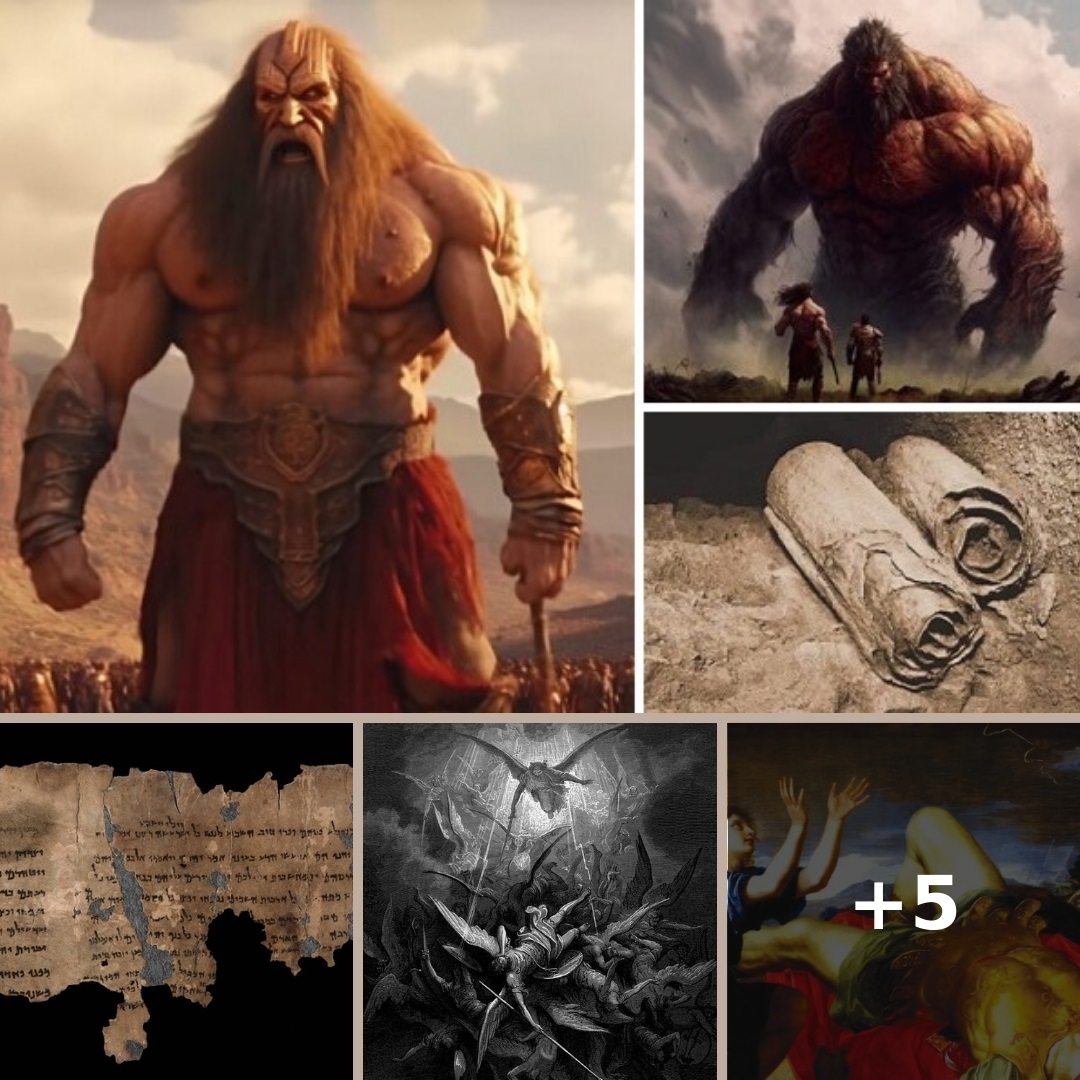According to the Book of Giants, the Nephilim were unusually tall and powerful, causing chaos and destruction on Earth.
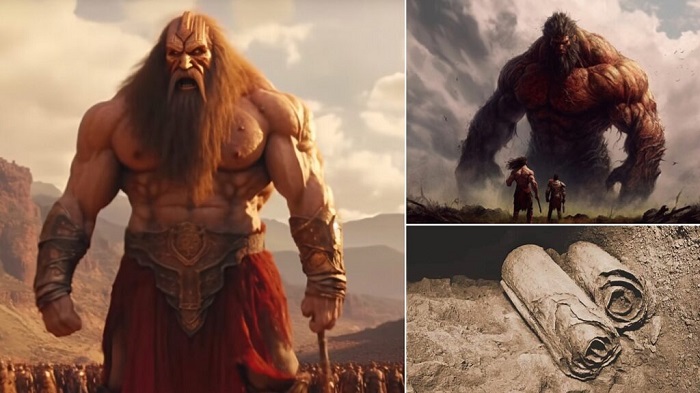
The Qumran Caves, located near the Dead Sea in Israel, were indeed the site of a remarkable archaeological discovery in the 1940s and 1950s. The excavation yielded a vast collection of ancient Jewish texts, collectively known as the Dead Sea Scrolls. These scrolls include various biblical texts, sectarian writings, and other works that were highly significant to the Jewish community of the time.
The Book of Giants, or more precisely, the Book of Giants Fragments, is one of the texts found among the Dead Sea Scrolls. However, it is important to note that the book is fragmented, and large portions of it are missing or damaged, which makes it difficult to fully interpret its contents. Additionally, it is written in Aramaic, an ancient Semitic language.
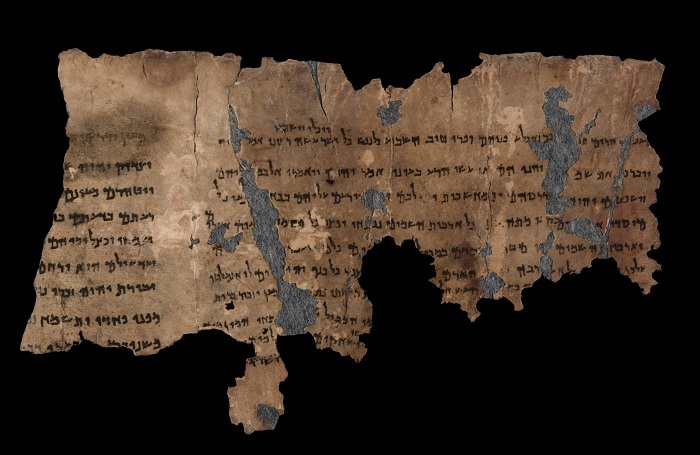
The Book of Giants literally speaks of fallen angels, human sins, and the punishment that the giants receive as a result. It mentions the existence of the Nephilim, who are described as the offspring of angels called the Watchers and human women.
The book describes how the Nephilim lived on Earth, suggesting that they were a mighty and fearsome race. They were said to be giant-like in stature, being notably taller and stronger than ordinary humans. They possessed exceptional abilities and capabilities, both physically and intellectually.
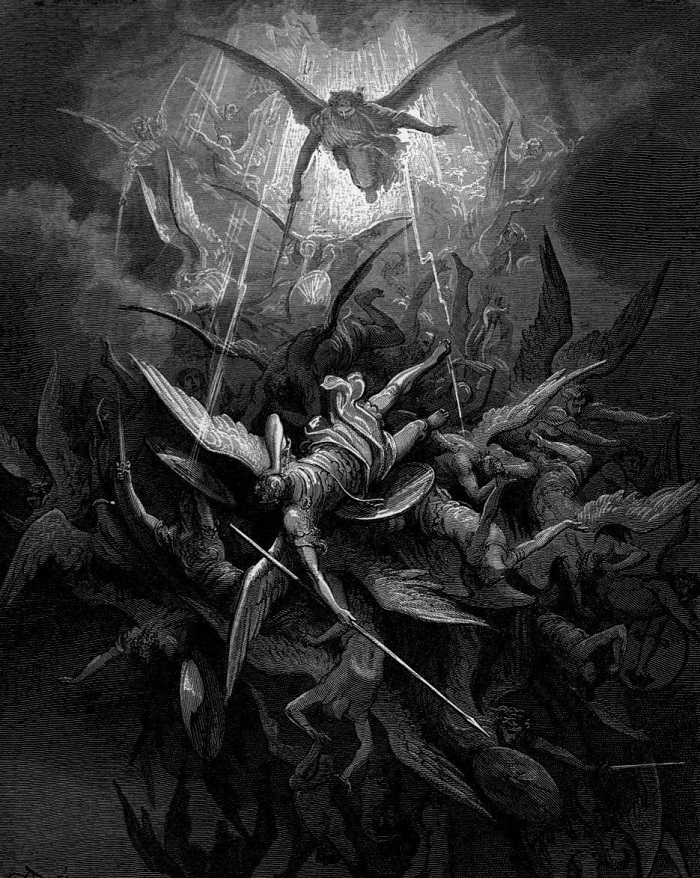
The Book of Giants accounts that the Nephilim introduced war, violence, and corruption to humanity. They also taught humans forbidden practices, such as magic, divination, and sorcery. They were said to have consumed the flesh and blood of their fellow humans, engaging in cannibalistic practices.
However, the Book of Giants also portrays the Nephilim as destructive and morally corrupt beings. Their reign on Earth is described as a time of great chaos, violence, and lawlessness. The Nephilim, along with their human allies, oppressed and enslaved humanity, causing widespread suffering and distress.
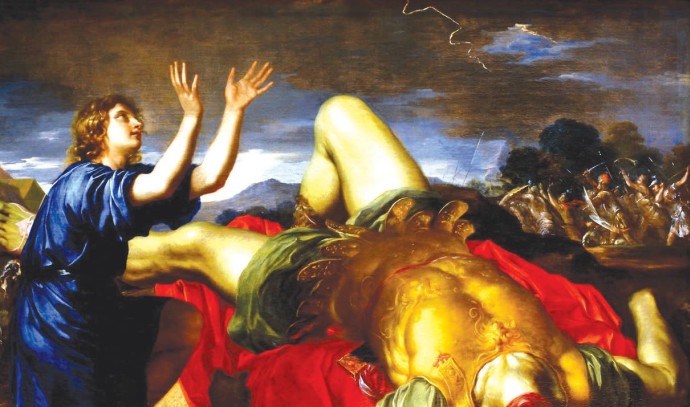
The book also introduces the very known legendary character Noah, who plays a prominent role in other ancient Jewish texts, such as the Book of Genesis in the Hebrew Bible. The narrative of the Book of Giants ties in with the biblical flood story; in which the wickedness of the Nephilim and other nefarious entities led God to cleanse the Earth, leaving Noah as the beacon of hope for humanity.
The Book of Giants, shrouded in mystery and fragmentary in nature, offers us a glimpse into a forgotten era. Its existence within the Dead Sea Scrolls showcases the rich tapestry of ancient Jewish history and provides a deeper understanding of the interplay between mythology and theology, and perhaps a lost history.
